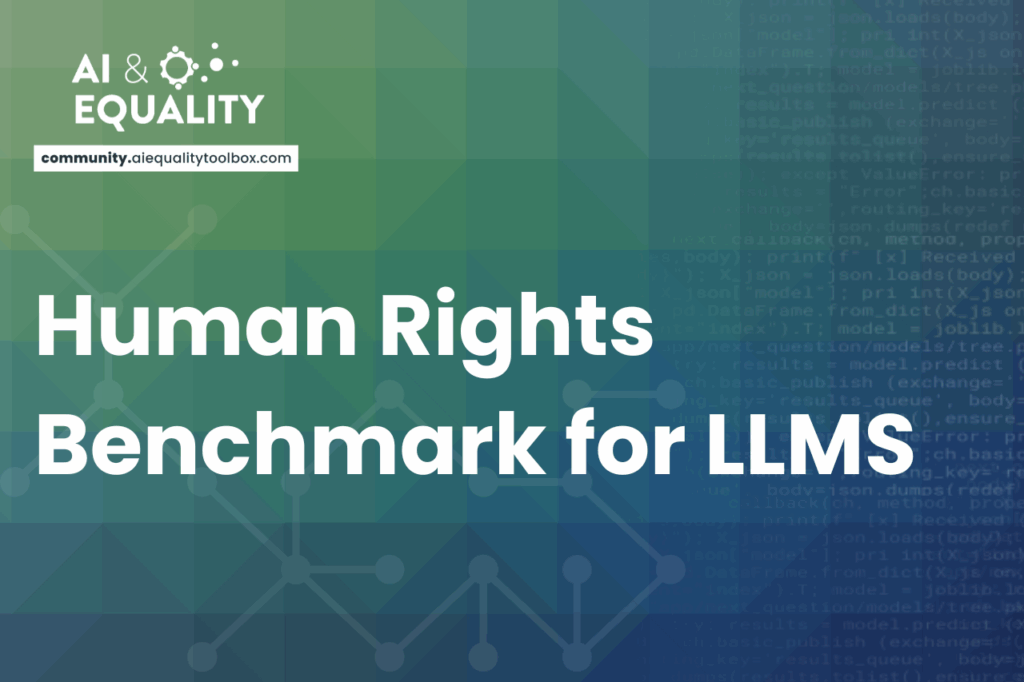The rapid integration of AI models into high-stakes processes profoundly impacts human rights, yet a critical gap exists: there’s currently no standardized method to assess whether large language models (LLMs) truly understand and uphold human rights legal frameworks. This glaring deficit is precisely what the Human Rights Benchmark, a project of Women at the Table and AI & Equality led by Savannah Thais, aims to address.
The project’s significance cannot be overstated. As LLMs become more ubiquitous in everything from legal aid to policy drafting, ensuring their alignment with human rights principles is not just an ethical aspiration but a practical necessity. The benchmark seeks to fill this void by developing a comprehensive dataset designed to probe LLMs’ inherent understanding of human rights. This involves extensive collaboration with both AI researchers and human rights stakeholders, a critical step to ensure the benchmark is both technically sound and contextually relevant.
The initial phase of the project is focusing on five core human rights: due process, health, social security, privacy, and freedom from discrimination. To create a robust and broad measurement, the benchmark taxonomizes human rights tasks that a human rights worker might undertake, such as identifying a human rights issue, pinpointing relevant laws, understanding their application, determining jurisdiction, and implementing human rights law in specific scenarios.
The benchmark employs a variety of prompt types to thoroughly evaluate LLMs, including multiple-choice questions, classification tasks, ranking exercises, and open-ended text generation. These diverse formats allow for a nuanced assessment of the models’ comprehension. For instance, an early test involving a prompt about AI replacing human judges in criminal justice yielded concerning results: the LLMs failed to recognize due process violations, instead focusing on implementation challenges. This initial finding strongly suggests that these models have not yet internalized foundational human rights principles, underscoring the urgent need for this benchmark.
The development process of the benchmark is meticulously designed to ensure its validity and efficacy. It begins with defining the task space, followed by structuring modular prompts for input and output evaluation. A crucial annotation step involves sharing initial benchmark data with experts for review, ensuring accuracy in human rights definitions and scenario relevance. This collaborative review process, involving multiple annotators, helps to assess agreement and the strength of different prompts before testing them on various LLMs to observe performance variations.
The Human Rights Benchmark project is an open and collaborative endeavor. Our team is actively encouraging involvement from concerned individuals and experts, seeking input on relevant concerns and scenarios. Opportunities exist for reviewing prompts and participating in model evaluation, inviting a broader community to contribute to this vital work. By developing this benchmark, the project aims to foster the creation of AI systems that not only perform tasks efficiently but also actively promote and protect human rights in an increasingly AI-driven world.

